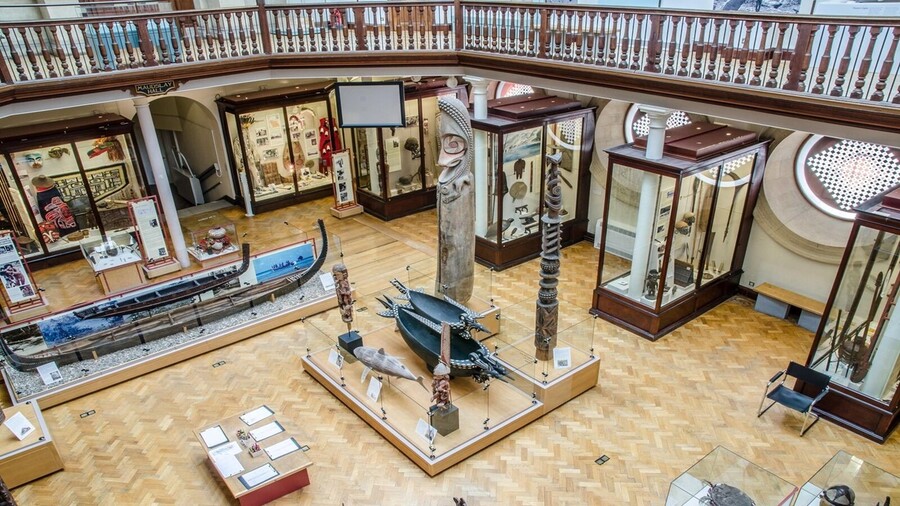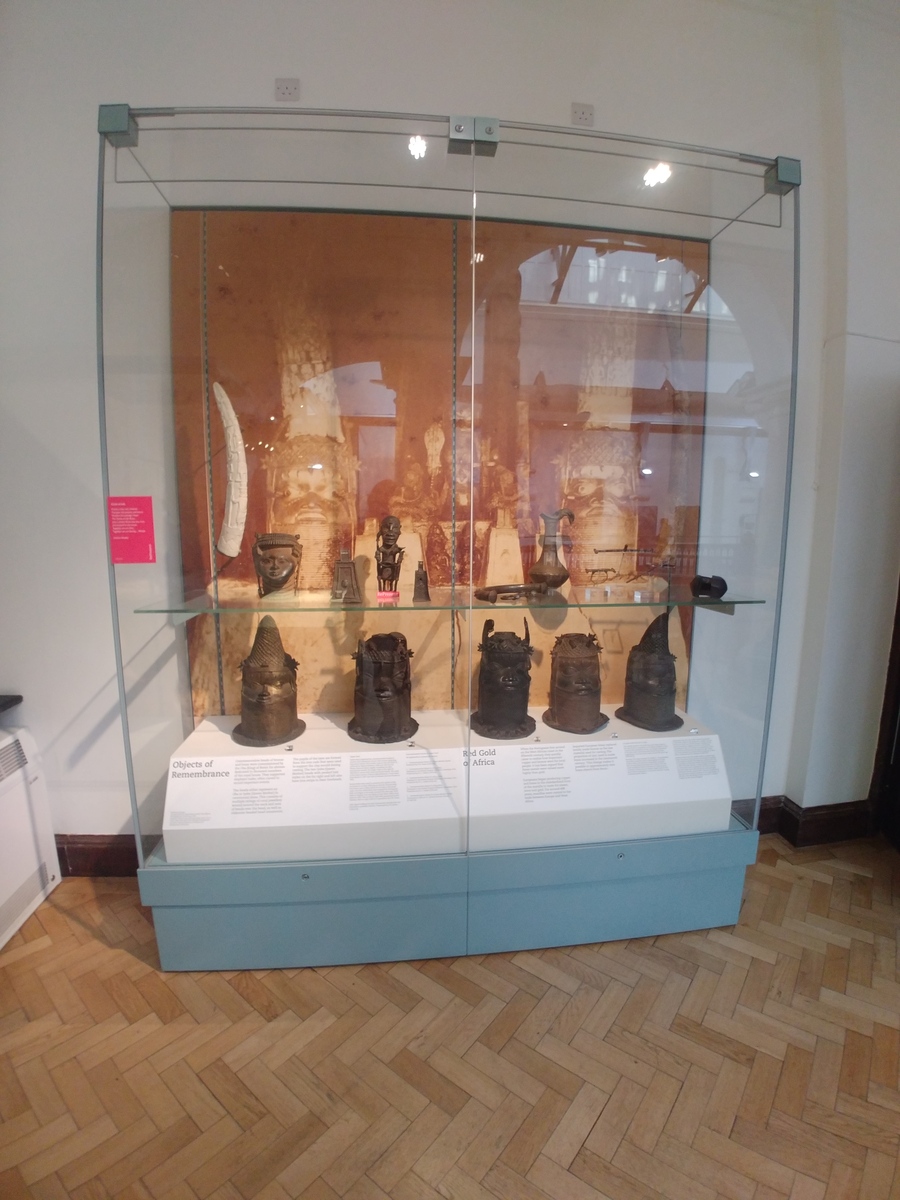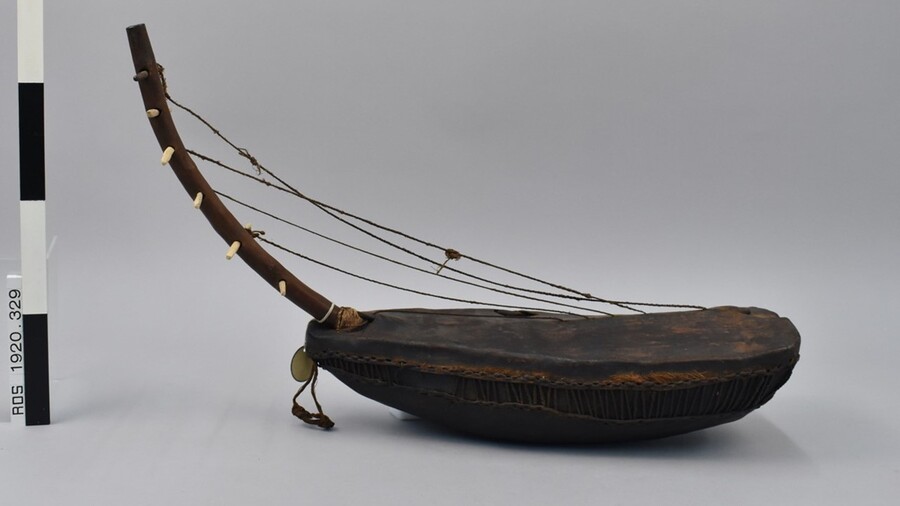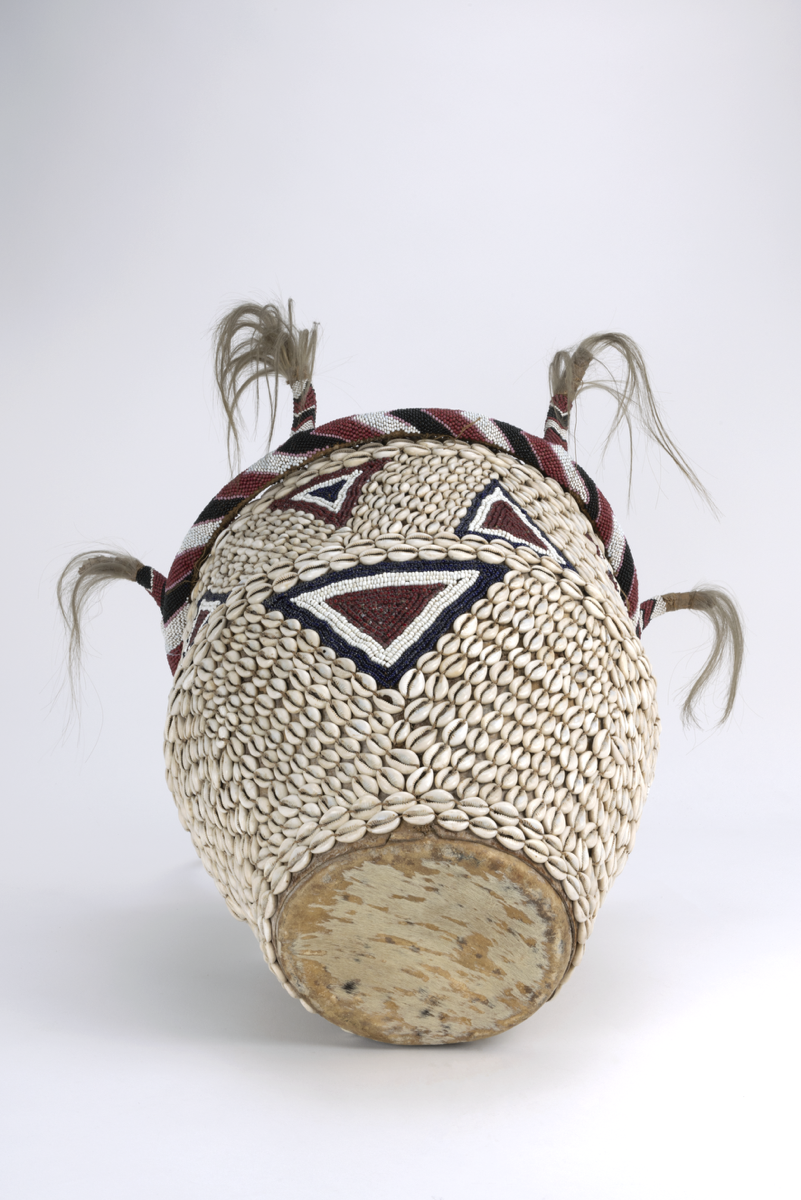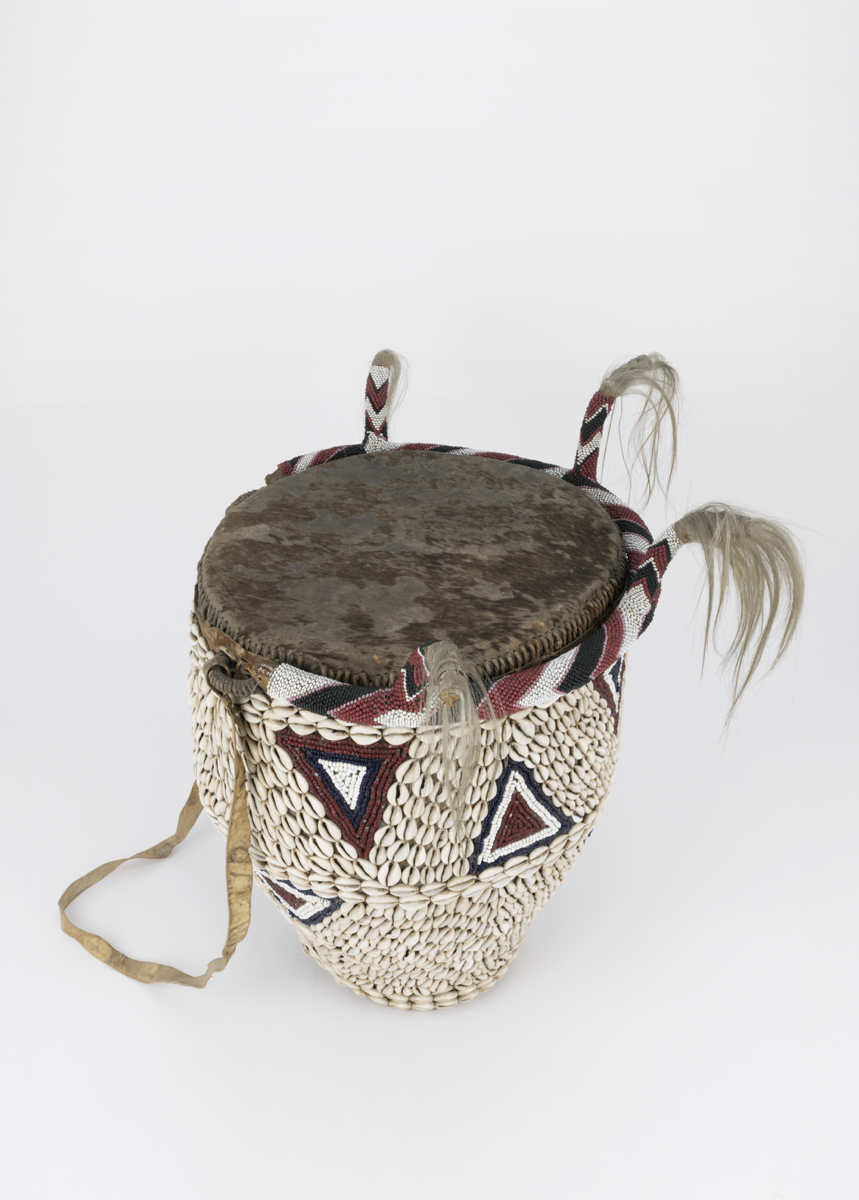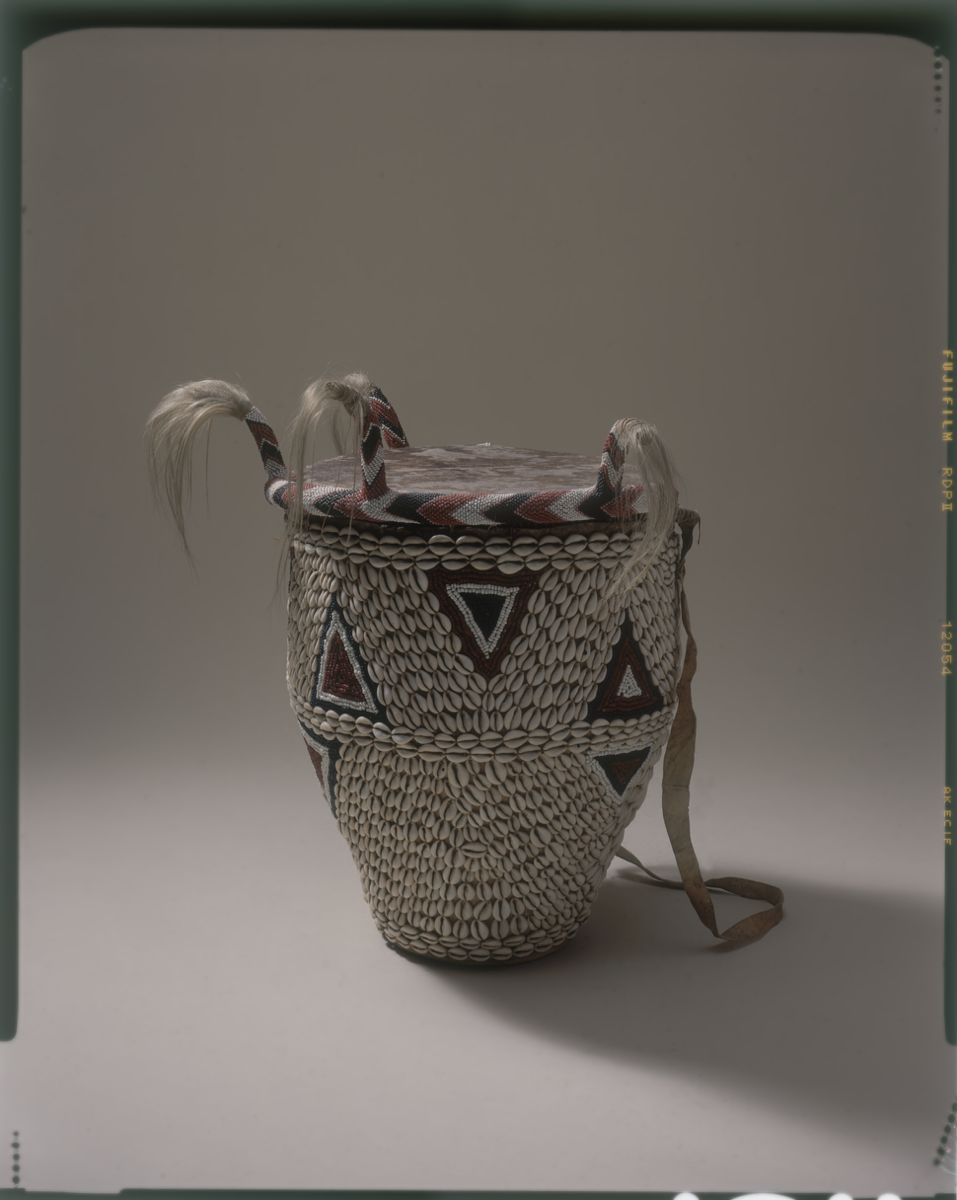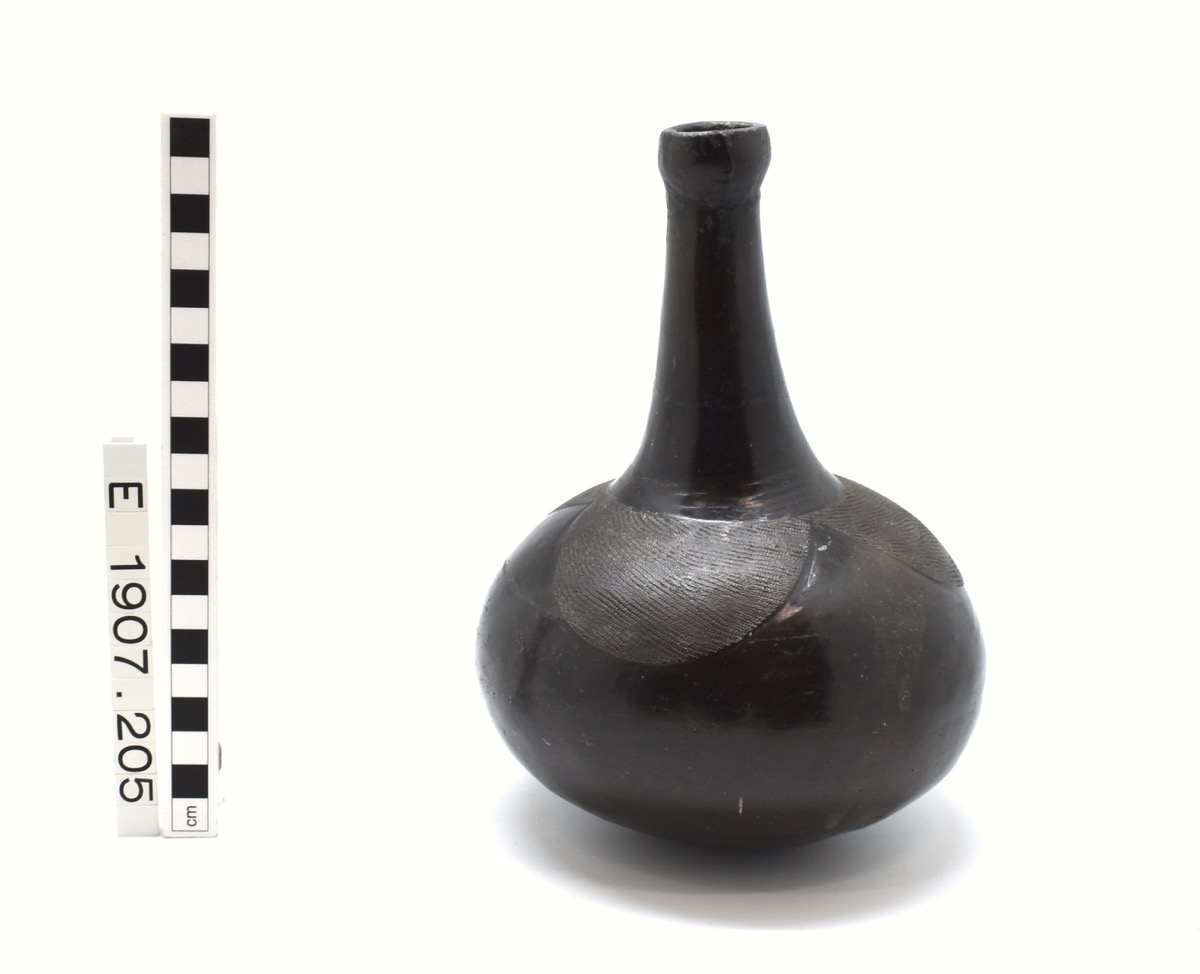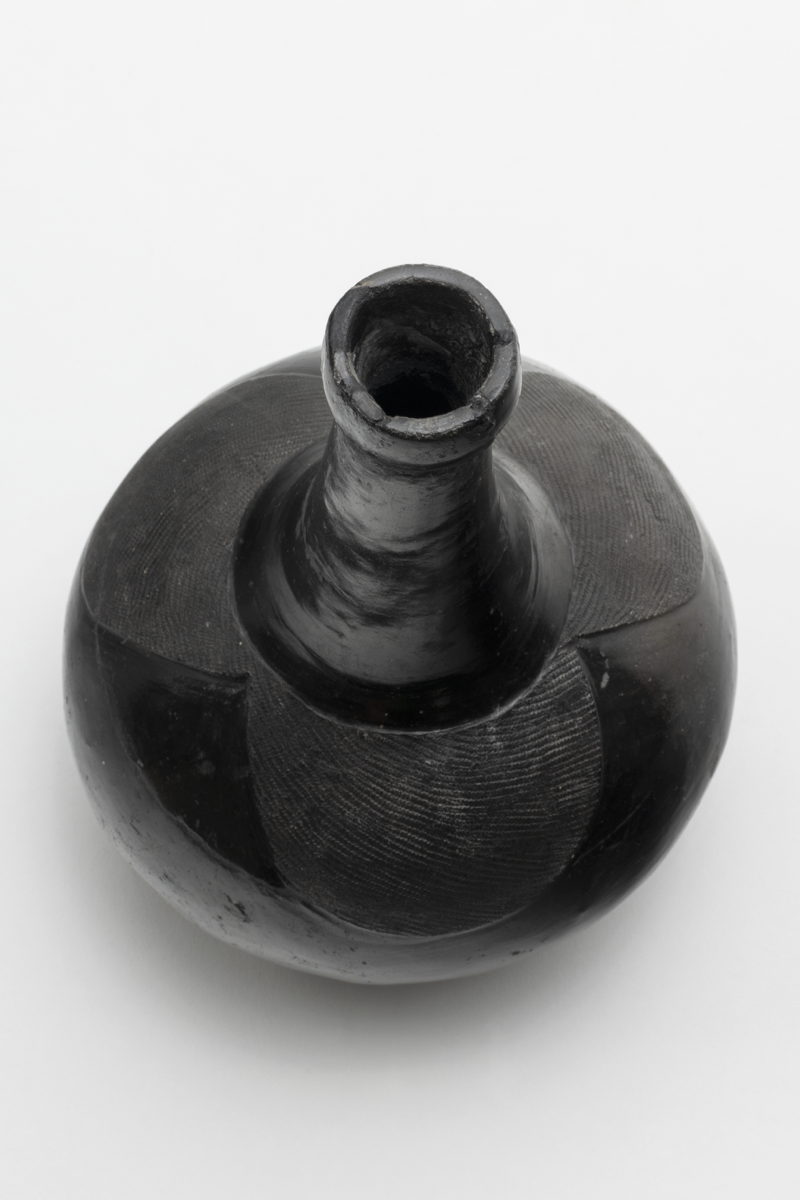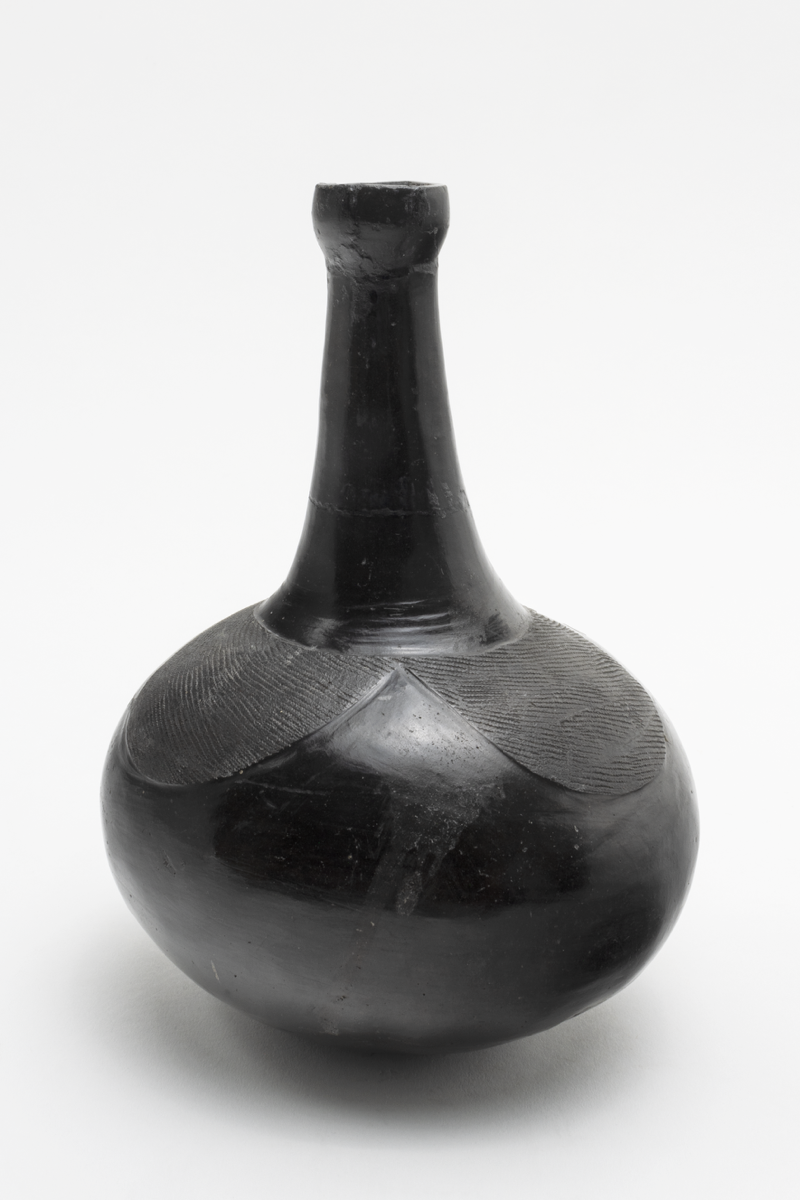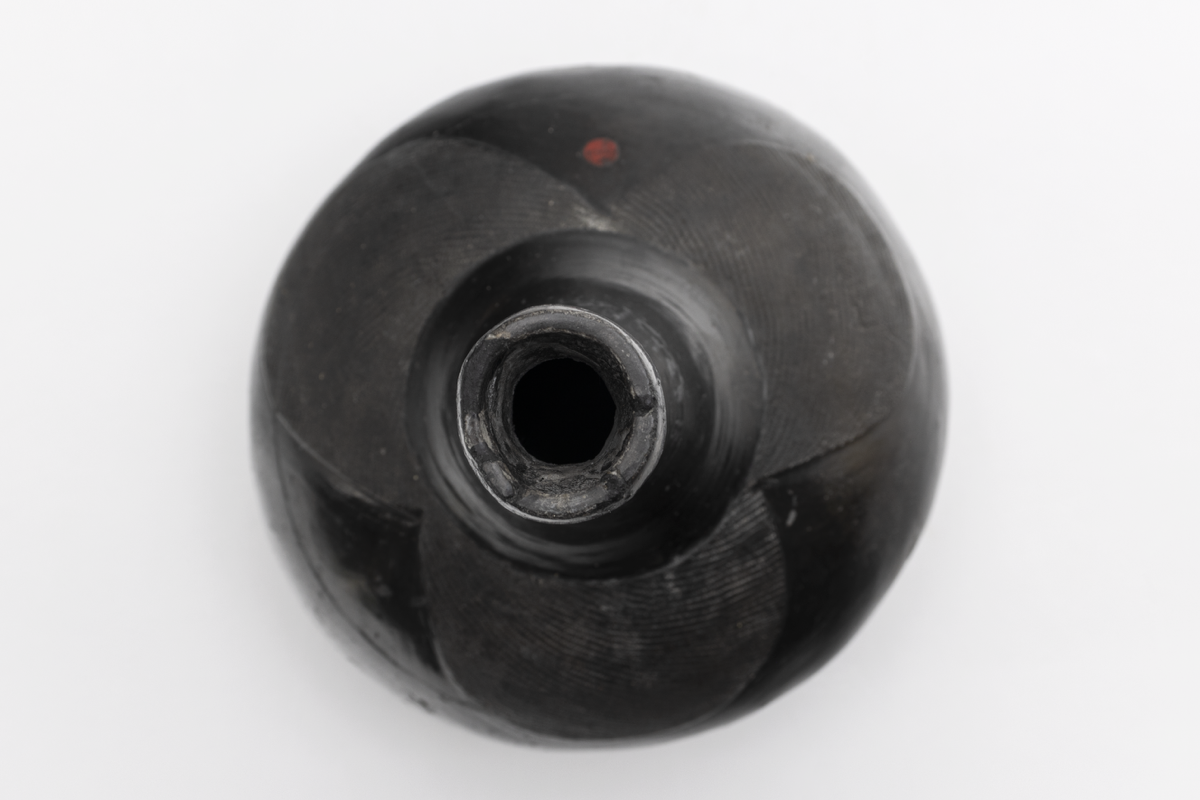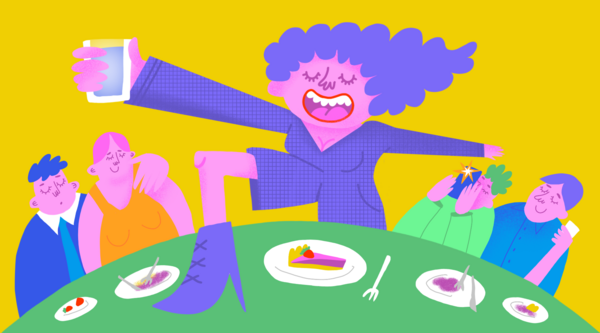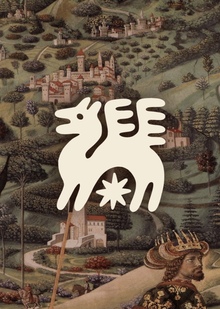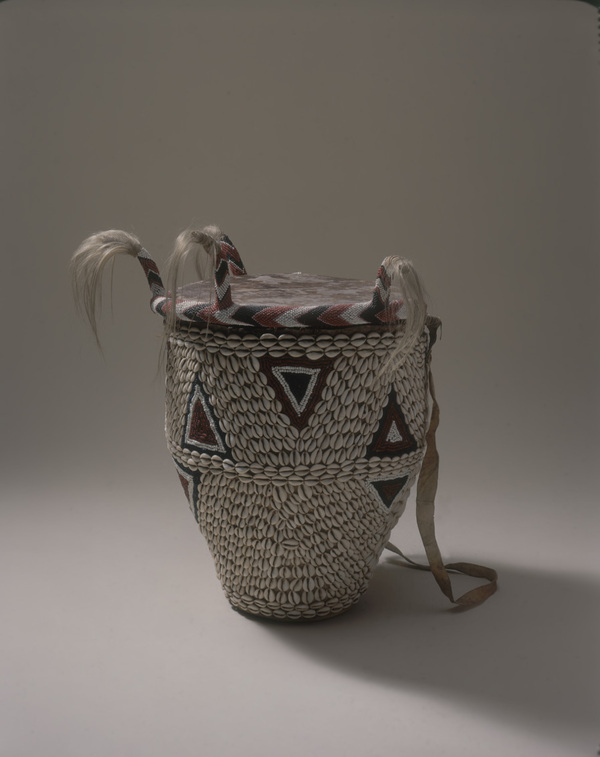
REIMPOSITIONING OF CULTURE THROUGH THE REPARTRIATION OF AFRICAN ARTEFACTS
TABLE OF CONTENTS
1. Concept.
2.Cambridge Museum Of Archeology and Anthropology and the acquisition of the Collections.
3. Collections at MAA Cambridge
4.Repatriation and Reimposition of Artefacts.
5.The Repatriated Ugandan Artefacts By MAA and findings from the cultural and Historical Backgrounds.
6. Musical Instruments
7. Ceramics and Pottery
8.Fetishes.
9.Ornaments and Fabrics
10. Conclusion
11. Bibliography
12. Image Source
CONCEPT
The Europeans who were in African countries between 18th and 19th centuries collected a series of artefacts which to them were just considered simply artefacts as an end in themselves. However, these Artefacts had particular cultural attributes and rituals attached to them. Taking them meant that there was a particular backslide in the cultural values and practices. Besides, the artefacts in the contemporary Africa could play a vital significance of cultural reference and the exploration of the pre-colonial history. Evidence to the pre-colonial history is limited due to the fact that the artefacts which could serve this purpose were stolen. Relics according to Abiodan Johnson Eniyandunni are national treasures and part of cultural heritage that must be protected. They are priceless objects that have survived from an earlier time. The disappearance or theft of many historical artifacts has led to the disappearance of many early cultures. [j. art crime 15,111,2016] The repatriation of the African Artefacts is meaningless if the cultural values and the history behind them are unknown by the Current people of Africa. Perhaps the European Museums and Galleries are obliged to take on clear research with the support of African researchers to deliver the findings of cultural and pre-colonial historical attachments of the Artefacts they had in possession for centuries to the owner countries. Dr Chika Esiobu wrote that «The importance of these artifacts coming back to Africa is not aesthetic as that is the only use it is to Europeans and Americans. These artifacts form an integral part of the definition of the identity and personality of the African, battered by years of deliberate attempts to wipe out everything positive about the race. Africans, resident and in the Diaspora have no knowledge of who they really are. They do not know and therefore cannot reconnect with the pre-slavery and pre-colonial African psychology.» This research explores the strategies of the Repatriation of African stolen Artefacts and Re imposition their cultural and historical attachments by Cambridge Museum of Archeology and Anthropology (MAA), a case study of the repatriation of Relics to Uganda.
The Cambridge Museum of Archeology and anthropology hold a number of collections of Artefacts and Photographs of the past histories of many African countries. Many of these were collected by the early Missionaries and Explorers who were tasked by Britain to go to Africa and lay a foundation for colonialism through exploration and theological impersonation, among these include Rev. John Roscoe who was an Anglican missionary in East Africa, he had an upper hand in collecting works from Uganda where he spend 25 years and learnt about their culture. Sir Harry Hamilton Johnstone, Frank Rogers, John Gilbert Rubie, Ernest Balfour Haddon and Arthur Brian Fisher were also among the Europeans Renown for collecting African Relics during the Pre-colonial and the colonial Periods in Africa. «Collections have reached the Museum in many different ways. Some artefacts, in common with those in similar museums, were acquired in the aftermath of violence, as loot, or in other ways that would not be considered legitimate or appropriate today.» [mma.cam.ac.uk]. The statement highlights the fact that the MAA museum Acknowledges the claims that some of the relics they have in possession were attained through dubious ways and so returning them back as an answer to the requests by many Africans is a debt they should pay clear attention to.
The Cambridge Museum of Archeology and Anthropology has tried to answer the call of the many African countries who would wish to restore their Artefacts. The Museum is known to be the first British Museum to return artefacts to their owner country and that was Uganda in 1961. The Museum has laid various strategies to repatriate Artefacts to different African countries. «We want to put these objects back into the hands of people who made them meaningful… we want them to live again, not only as museum pieces but as part of Uganda’s public culture, ” said Professor Derek Peterson (History, Afroamerican & African Studies) serving as principal investigator for the project and working with colleagues from both MAA and the Uganda Museum. [source: mma.cam.ac.uk] The study of the Reimpositioning of culture through repatriation of African Artefacts focuses on the strategies of the MAA to reposition the artefacts they have had in possession for decades and how they work hand in hand with the owners of the relics to find out the Cultural attributes and their Historical significance. This study is to target the communities and Kingdoms in East Africa with a particular emphasis on Uganda, studying the reimpositioning of their relics and How the Museum has Presented the preserved Culture and History behind them through Research.
CAMBRIDGE MUSEUM OF ARCHEOLOGY AND ANTHROPOLOGY AND ACQUISITION OF THE COLLECTIONS FROM AFRICA
Museum_of_Archeology_and_Anthropology, _Cambridge.jpg
The Cambridge Museum of Archeology and Anthropology has been in place for over 140 years as a profound academic a and research center through Exhibiting the collections of artefacts from various Continents and Countries. Among the Collections include Relics, Photographs, Textiles and other Relics from all over the World. The Museum boasts of a collection of the Human Past history and Cultural relics all over the world. «Two million years of human history. One million artefacts. Countless astonishing stories.» [maa.cam.ac.uk] Downing St., Cambridge, CB2 3DZ, GB, London Uk.
MAA, founded in 1884, reflected growing public and scholarly interest in archaeology and anthropology. The Museum curators were and are primarily Cambridge academics, and together with other University lecturers and research students, they made collections in the course of fieldwork. Archaeological finds, artefacts and art works were also donated by former Cambridge students, some were bought through auctions or the art market, and up until the 1950s it was common for museums to exchange objects and collections with other museums, often in different countries.[source; maa.cam.ac.uk]
Museum of Archeology and Anthropology [source; wonderlog.com 2024]
COLLECTIONS AT MAA CAMBRIDGE
Cambridge Museum of Archeology and Anthropology-dev.wanderlogstatic.com/freeImage/bz.
The Museum holds a series of collections from different countries and cultures. The Collections have been kept for decades in the museum custody being exhibited for Cultural, academic and Research Purposes. Collections from Australia through Archeological and Anthropological expeditions. In 1888 and 1899 Afred Cort Haddon collected a number of Artefacts, Cultural objects and Photographs. Captain James Cook, And Frank Rogers. In Africa many collections were attained from Benin in Nigeria by Anthony Ashley Bevan and Willian Downing Webster in 1897, and others from Uganda from Uganda by Rev. John Roscoe around 1861 and 1932 and Ernest Balfour Haddon.
Musical instrument. Bagesu people. Uganda. Collected and donated by Rev. John Roscoe. ROS.1920.239 Part of the collection Collected by Roscoe. Benin Bronzes_at_Museum_of_Archaeology_Anthropology, _Camb
REPATRIATION AND REIMPOSITION OF ARTEFACTS
Rose Mwanja Nkaale, formerly Commissioner for Museums and Monuments, Adebo Nelson Abiti, Principal Curator, Uganda Museum, and Louise Puckett of MAA examining a set of ngato, leather divination cards.
According to the MAA, «there will be considerations to the requests to repatriate material, and will do so on a case-by-case basis. MAA will engage with Indigenous representatives and other interested parties in an honest and respectful way, and embraces an open and responsive approach to questions around the future care, circulation and destinations of cultural property administration, many Claims by the African countries too.» [maa.cam.ac.uk]. Depending on this particular response by the MAA, requests to restore the collected Artefacts have been Responded to and the Museum Acknowledges the fact that there is need to Liaise with the Indigenous people to Find Out Particular attachments of these artefacts in the Cultural and Historical Perspectives.
THE REPATRIATED UGANDAN ARTEFACTS BY MAA AND FINDINGS FROM THE CULTURAL AND HISTORICAL BACKGROUNDS Relics Of Uganda, their Cultural Attachments and History From Findings After the Repatriation.
‘Royal meat dish’. Banyoro People. Collected and donated by Reverend John Roscoe. ROS 1920.93
Reverend John Roscoe, Anglican missionary with the Church Mission Society in Uganda, 1894-1909. Sir Apolo Kaggwa, (Prime Minister) of the of the Kingdom of Buganda. Photograph by Elliott & Fry.
The Artefacts from Uganda were attained by the Cambridge Museum Of Archeology and Anthropology through the Christian Missionaries and Explores who came to the East African Coast In the Late 18th and Early 19th Century. Rev John Roscoe an Anglican Missionary Collected a series of Artefacts from the Kingdoms and native Societies Of Buganda, Ankole, Toro, Bunyoro, Acholi and the Bagesu among others. Many Other relics were collected by the Ernest Balfour Haddon, an Irish- born British Administrator in Uganda by then a colony to Britain.
Ernest Balfour Haddon, Irish-born British colonial administrator in Uganda, 1905-1945, and an unnamed man holding elephant tusks. MAA N.59174.EBH
«These artefacts were acquired in various ways: through confiscation, conversion, theft, gift and purchase. Most were brought by the Anglican missionary Reverend John Roscoe. But several were donated to the Museum by Apolo Kaggwa (sometimes spelled Apollo Kagwa), the Katikiro (Prime Minister) of the Kingdom of Buganda. Other donors include British colonial officials Sir Harry Hamilton Johnston, Ernest Balfour Haddon, Frank Rogers, and John Gilbert Rubie, and Anglican Missionary Arthur Bryan Fisher”[source; maa.cam.ac.uk]
Musical instruments
‘Mujjaguzo’ The royal Drum These Drums were 93 In total supplied to the local Chiefs and were to beaten by the orders of king or may be the Chiefs, this was done incase of the need to announce the co
‘Mujjaguzo’ The royal Drum These Drums were 93 In total supplied to the local Chiefs and were to beaten by the orders of king or may be the Chiefs, this was done incase of the need to announce the coronation of the new King ‘Kabaka», announce the death of the King’s Children or wives, victory in war or when the king entered a new Home. «Among the musical instruments of the Baganda drums must be given the first place. The drum was indeed put on the multitude of uses, quite apart from music; it was the instrument which announced both Joy and sorrow, it was used to let people know of the happy event of birth of children, and it announced the mourning of the dead. It gave an alarm for war and announced the return of the triumphant warriors who had conquered in war.» [The Baganda; General survey of the country, life, and Customs. John Roscoe, 1861-1932, Page 25]
Royal drum of the Bunyoro Kingdom. Banyoro People. Collected and donated by Reverend John Roscoe. ROS 1920.315 [maa.cam.ac.uk]
Royal drum of the Bunyoro Kingdom Detailed Images with fetishes. Banyoro People. Collected and donated by Reverend John Roscoe. ROS 1920.315 [maa.cam.ac.uk]
From John Roscoe’s 1915 publication 'The Northern Bantu: An Account of some Central African Tribes of the Uganda Protectorate. Cambridge: University Press', pg. 87: «Inside the drum, however, is a fetish [power object]. This may be only a small object, like a ball of medicated clay, or a stick to which a number of objects are fastened, but over the fetish the blood of some victim is poured; in the case of royal drums it is the blood of human beings who are decapitated over the drum for the purpose.».
Wooden zither, Ankole/Bahima People. Collected by John Roscoe E 1907.235. [source; maa.cam.ac.uk]
Wooden zither, and Thumb nail notes attached to the specimen. Ankole/Bahima People. Collected by John Roscoe E 1907.235. [source; maa.cam.ac.uk]
Some of the Musical Instruments played in Uganda were not Only for Entertainment but also Intimacy, Women among the Bahima and the Banyankole of Western Uganda were given this musical Instrument to play it privately for the Husbands during Romantic moments and this was believed to strengthen the marriage and increase the love of the couples. ‘an excellent specimen of this instrument formerly used by the women of the Bahima tribes of Uganda. It was obtained for the Cambridge Anthropological Museum by my friend, Rev. J. Roscoe. In the shape of the wooden sounding-board the original tortoise type survives’ [Ridgeway, William (1908). The Origin of the Guitar and Fiddles. Man, Vol. 8, pp. 17-21]
Musical Instrument.Bagesu People .Uganda.Collected and Donated by Rev John Roscoe.ROS.1920.239
Musical Instrument.Bagesu People and Details confirming the collector .Uganda.Collected and Donated by Rev John Roscoe.ROS.1920.239
Ceramics and Utensils
Lubale. Deity Vessel, E1907303, Roscoe John, Buganda.Ceramic Pottery[Cambridge MAA]
Clay vessel associated with Lubaare. Obtained from chief Kimbugwe, former keeper of the Balongo. Baganda People. Collected by John Roscoe. E 1907.303
A globular shaped vessel of brown earthenware, bearing a faint pattern of incised lines. The central rimmed circular opening is surrounded by eight upstanding spouts which project from the rounded shoulders. Small bag of pottery sherds found inside. It is used for giving criminals drugged beer before execution, in order to give the king power over their ghosts.
Ceramic milk bottle. Ankole/Bahima people. Collected and donated by John Roscoe. E 1907.205 [www.cam.ca.uk]
Ceramic milk bottle.detailed in different views Ankole/Bahima people. Collected and donated by John Roscoe. E 1907.205 [www.cam.ca.uk]
Milk Pot made from black earthenware.[maa.cam.ac.uk]

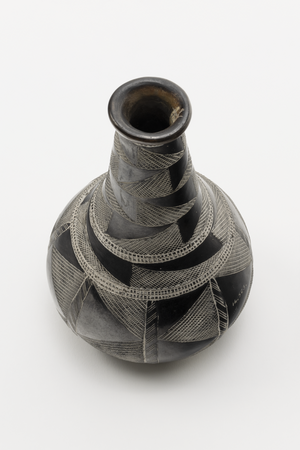
Milk Pot made from black earthenware.Uganda.Collected by Roscoe.[maa.cam.ac.uk]

